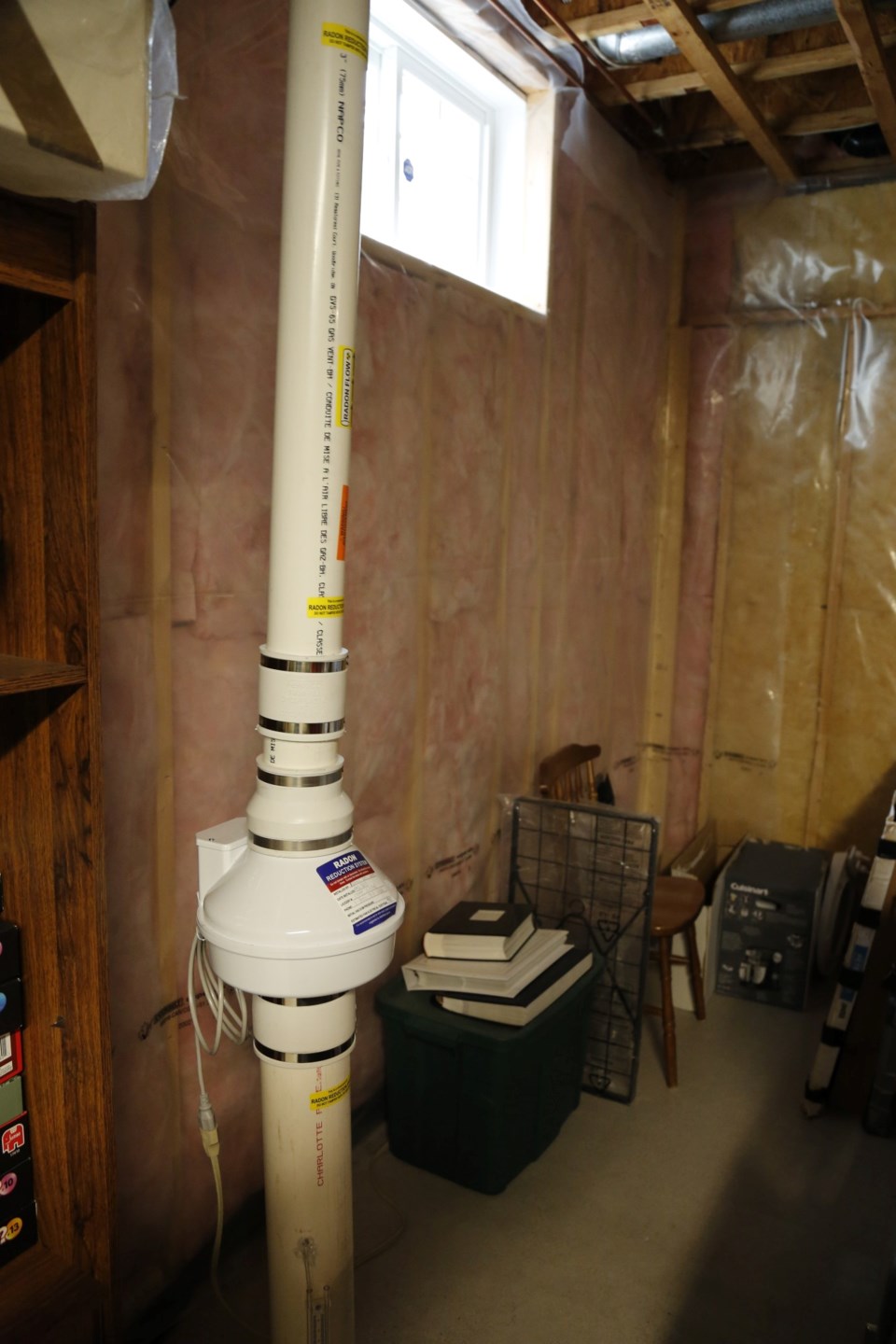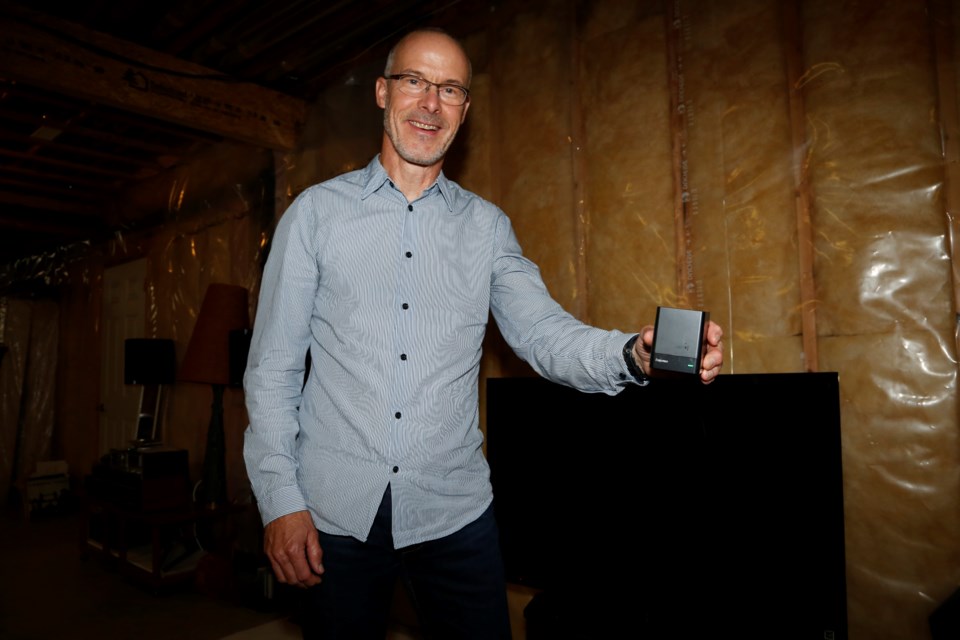One Glen Williams resident has fast become the go-to person for information about radon - a naturally-occurring radioactive gas that can seep from the earth into homes through small cracks.

After John Lanthier’s daughter found large amounts of the gas in her house, he decided he should test his own living space.
He was horrified to learn radon levels in his home were many times higher than Health Canada guidelines of no more than 200 becquerels per cubic metre.
“On cold nights, if we had the windows closed downstairs, some nights the levels went up to 1200 [becquerels],” Lanthier said.
According to health authorities, radon is the second leading cause of lung cancer, after smoking, and the leading cause among non-smokers.
As Lanthier and his family had been living the home for two years at that point, he felt time was of the essence.
He called an expert to do mitigation work and now radon levels are as low as 22 becquerels per cubic metre in his house.
In doing his research and talking to people he knew, Lanthier noted that “most people didn’t even know what radon is.”
He wrote an article for the Glen Williams Community Association newsletter over the summer. His efforts to raise awareness have yielded results, with some of his neighbours looking into getting their houses checked.
Radon is a naturally-occurring radioactive gas that emanates from decaying uranium in soil or rocks. It's for this reason that people often find the strongest sources of the gas in their basements.
The highest amount appeared to be coming from Lanthier’s sump pit, where sensors registered as high as 9,000 becquerels.
Lanthier hired Michael Martin to handle the mitigation job. Over the course of his career working in the trade, Martin has noticed several commonalities between homes with high amounts of radon emissions.
“Often homes with a lot of surrounding land - like a large lawn - will see significant spikes and have higher radon levels,” Martin said.
It appears that, according to him, homes in a municipality like Halton Hills may find higher levels. He commonly sees large sensor readings among rural properties, or those with large acreages.
But he's careful to say that “every home is going to have some amount of radon” and any home may require mitigation measures.
“Certainly the quality of construction is a significant factor. Many homes are constructed so tightly from an air ingress perspective. It used to be that homes were draftier; there was a lot of natural ventilation,” Martin explained.
“But now, homes are just constructed so tightly and renovators are sealing with spray foam and other materials that increase the air tightness of the home. The focus of that has been energy saving, but one of the byproducts of that is there can be an increase in soil toxins, including radon gas, coming into the building."
Residents can buy several relatively affordable radon sensors they can place in their homes. Lanthier uses one called the EcoQube.
Though radon is not reportable to public health authorities, Halton Region has a number of resources available for residents who want to know more about the phenomenon.
“Residents can call 311 and speak to an inspector if they have questions or concerns about radon,” said Acting Medical Officer of Health Dr. Deepika Lobo. “Inspectors can assist residents in understanding radon results for their home, and recommend next steps to reduce elevated radon levels.”
For more information, visit:
Health Canada
Measurement Guide
Halton Region
Take Action on Radon.
